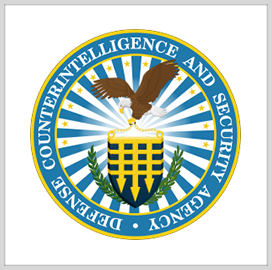The Office of Management and Budget’s latest Federal Information Security Modernization Act report to Congress shows a nearly 10 percent increase in cybersecurity incidents reported by federal agencies in fiscal year 2023.
Incidents reported to the Cybersecurity and Infrastructure Security Agency totaled 32,211 in FY 2023, up 9.9 percent from the previous year, with most of the incidents considered minor cyber events according to CISA’s National Cyber Incident Scoring System.
The new cases were categorized based on various attack vectors such as violations of usage policies, email and phishing, impersonation and spoofing, and web-based attacks.
Despite the increase in cyber incidents, OMB revealed that federal agencies made progress in their adoption of cyber defensive measures and expanded their cyber detection capabilities by improving penetration testing, red team exercises and other efforts.













